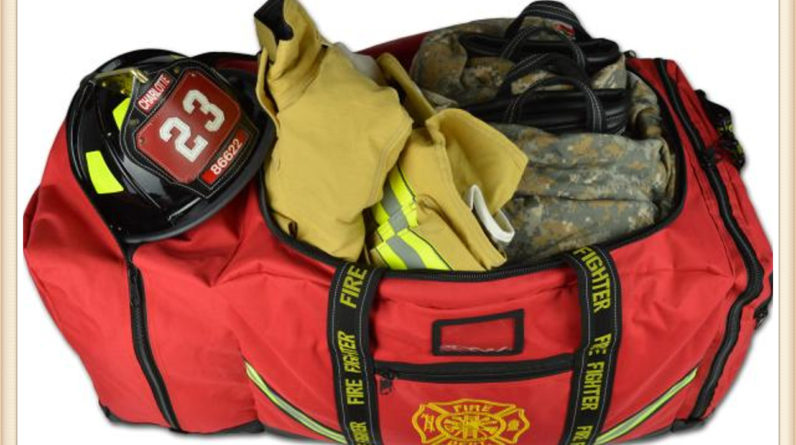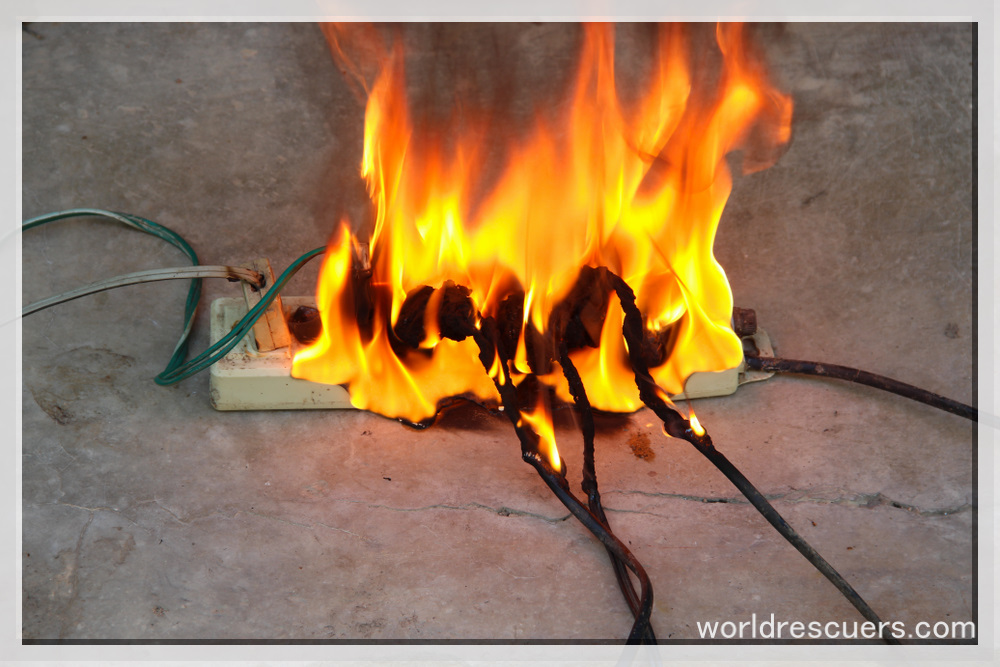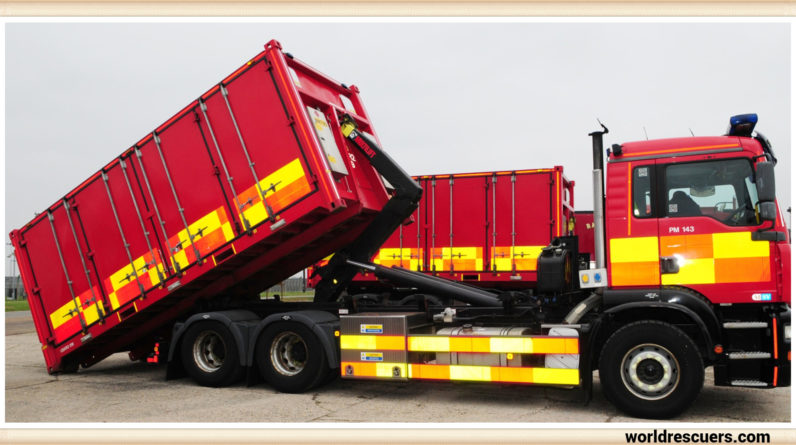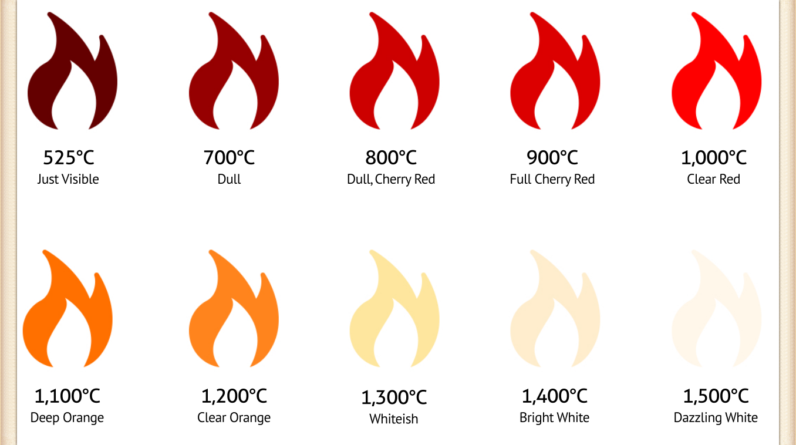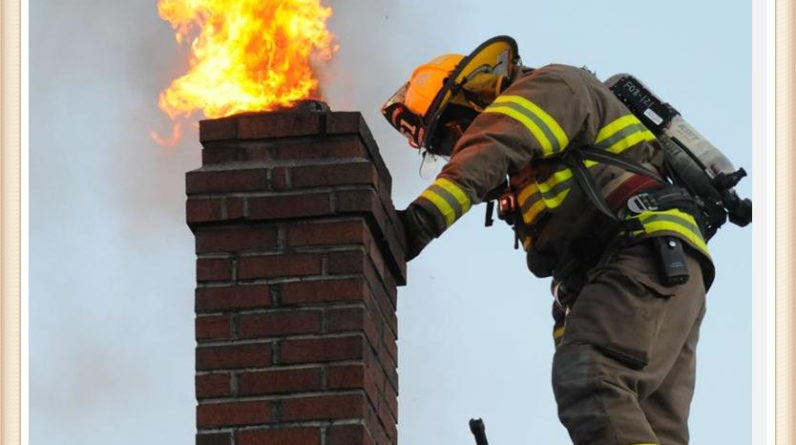
Summary
In the embrace of winter’s chill, the charm of a crackling fireplace is unrivaled. The fireplace and chimney bring warmth and a cozy ambiance to homes, cherished by many. Yet, the colder season ushers in safety concerns tied to fireplace and chimney usage.
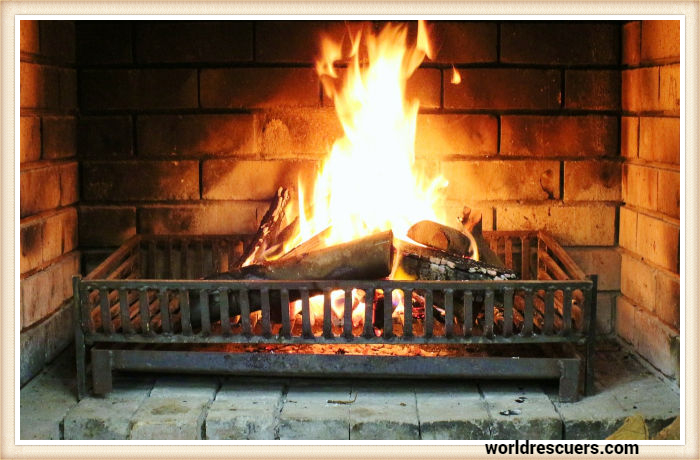
Embracing Warmth, Mitigating Risks
The charm of a roaring fireplace is complemented by the essential need for safety. Fireplaces and chimneys while offering comfort, demand careful attention and maintenance. One of the most significant risks associated with these heating methods is the buildup of creosote.
Also read: Fire Safety Consideration for Care Homes
The Creeping Threat of Creosote
Creosote is a highly flammable substance that accumulates in the lining of chimneys as a result of burning wood. This sticky residue not only obstructs proper ventilation but also increases the risk of chimney fires. Therefore, regular chimney maintenance, including professional cleaning, is imperative to prevent hazardous creosote buildup.
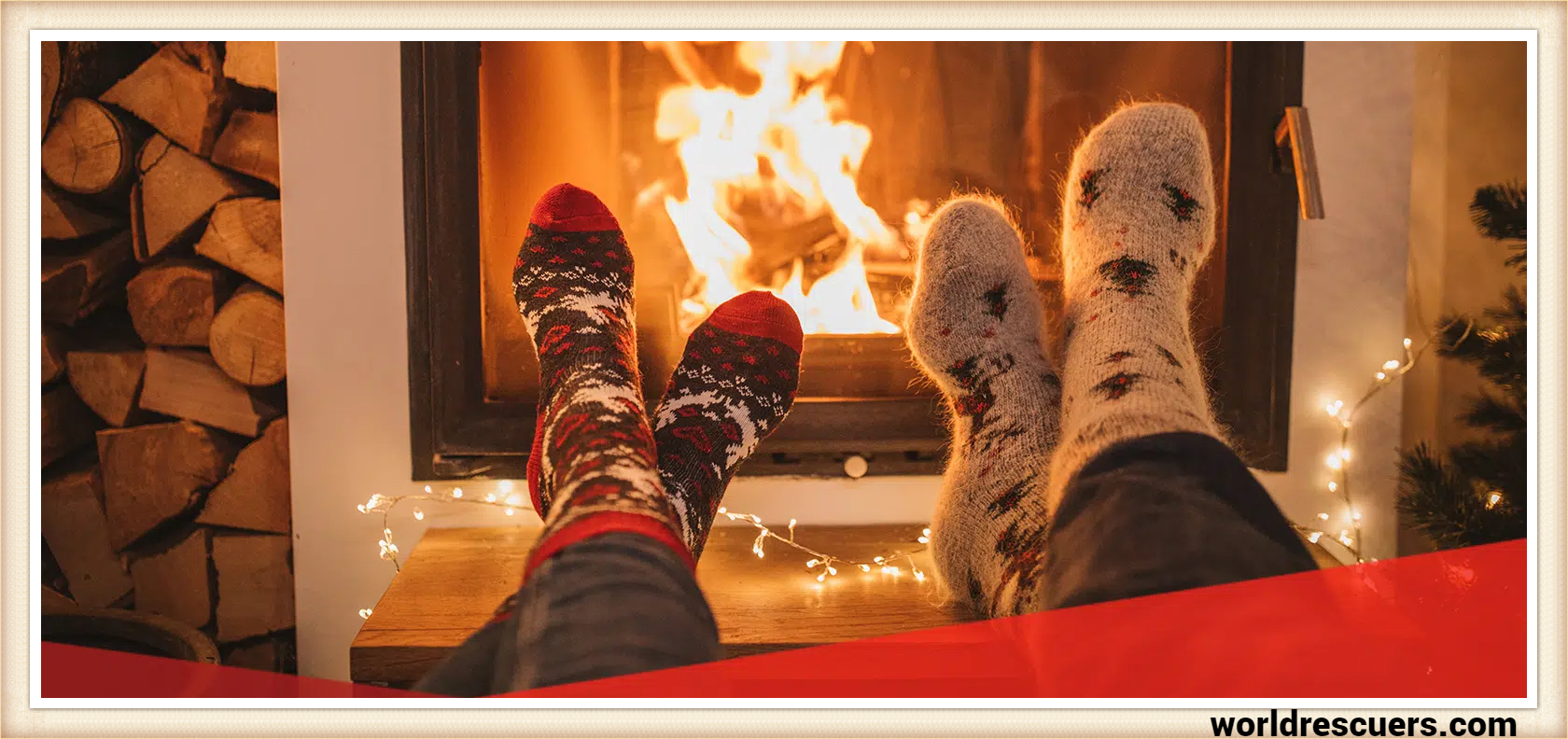
Understanding Carbon Monoxide: A Silent Danger
Apart from creosote, the correlation between fireplaces, chimneys, and carbon monoxide is a concern that should not be ignored. Poorly maintained or malfunctioning fireplaces can lead to incomplete combustion, resulting in the production of carbon monoxide gas. This odorless, colorless gas can seep into your living spaces, posing severe health risks to you and your family.
Safeguarding Your Home and Loved Ones
To fully embrace the warmth and comfort of your fireplace while minimizing risks, consider the following precautions:
1. Routine Inspections
Schedule regular inspections of both your fireplace and chimney. A professional assessment will identify any issues that require prompt attention, ensuring that your heating system operates efficiently and safely.
2. Professional Cleaning
Engage the services of a certified chimney sweep to thoroughly clean your chimney and remove creosote buildup. This practice significantly reduces the likelihood of chimney fires.
3. Carbon Monoxide Detectors
Install carbon monoxide detectors in close proximity to your fireplace and sleeping areas. Regularly test these detectors to guarantee their functionality.
4. Proper Fuel Usage
Use seasoned firewood to minimize creosote buildup and ensure efficient combustion. Avoid burning materials that could release toxic fumes or increase creosote production.
Highly trained Assistant Fire Chief dedicated to public safety and awareness for the past 16 years. Effective leader who remains steady during times of emergency, while directing and motivating team members throughout crises.


